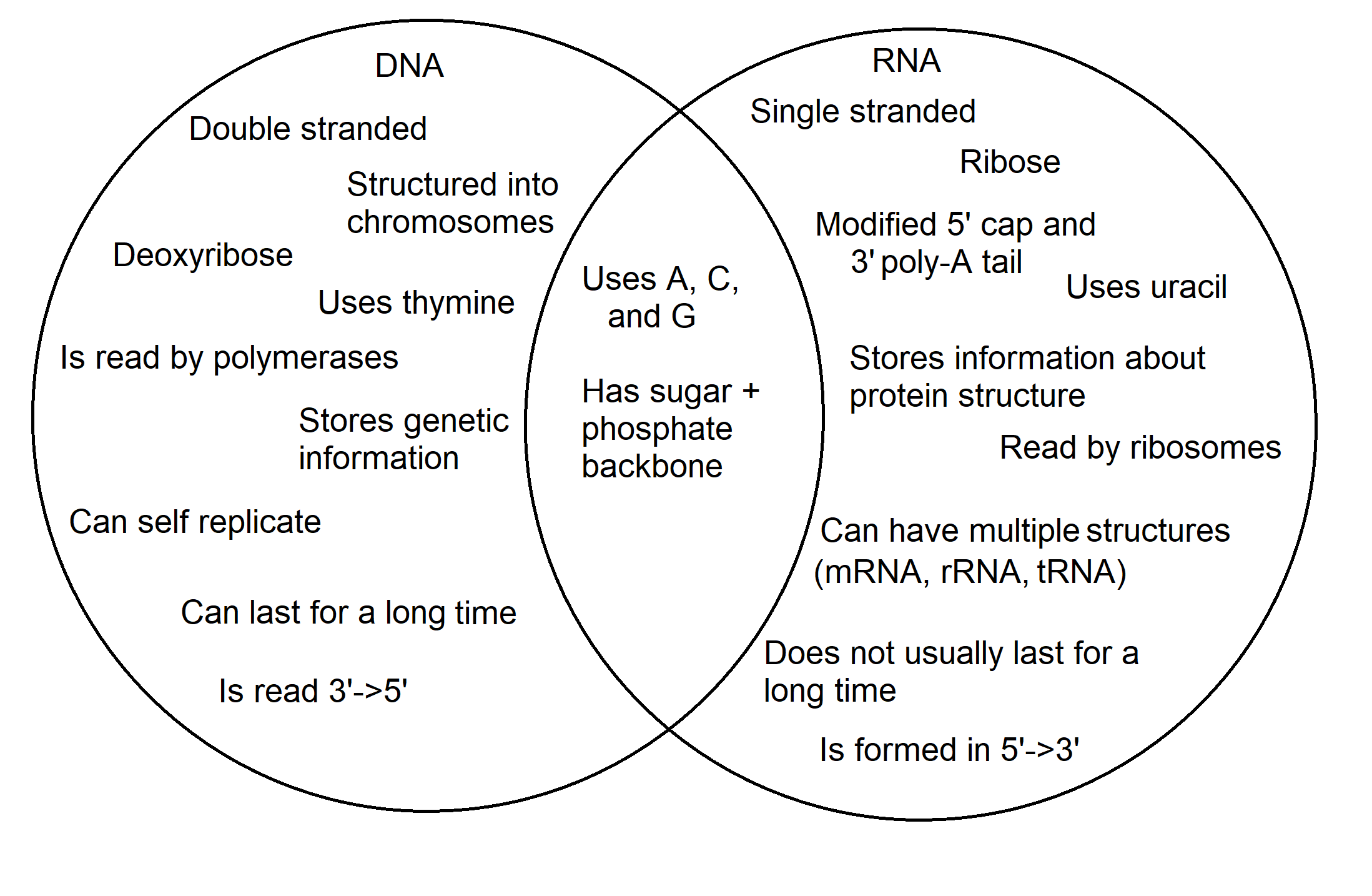
(a) Molecular surface of DMRT167136 bound to DNA.
Protein backbone versus dna download#
Only one groove is observed, resembling the minor groove, the base pairs being set off to the side, far from the axis. Download scientific diagram DNA backbone contacts, protein-protein interactions and binding summary. The DNA stays safely in the nucleus, while the RNA goes to the protein-building sites in the cytoplasm - the ribosomes. DNA is the 'master plan.' RNA is the 'disposable copy' or blueprint. Instead, builders make a disposable copy. double helix with a zig-zag conformation of the backbone (less smooth than B-DNA). However, builders rarely bring the master plan to the job site, because they might get damaged. Proteins are essential for the modulation and maintenance of cellular activities. The genotype is determined by the sequence of bases. DNA-protein interactions are major/essential processes in the cell life (transcription activation or repression, DNA replication and repair). A gene is a DNA sequence that contains genetic information for one functional protein. This creates the twisting double helix structure of DNA.Īll cells store their genetic information in the base sequence of DNA, and it is this base sequence which forms the genetic code. The two strands of DNA are antiparallel which means that one strand runs in a 5’ to 3’ direction and the other runs in a 3’ to 5’ direction. The ends of the DNA strand are called the 5' end (said as "5 prime end") at the phosphate end, and the 3' end at the deoxyribose end.

These strong bonds form a sugar-phosphate backbone. amino acids and allows parts of the backbone to move or form a hinge. These basic units are linked together to form strands by strong bonds between the deoxyribose sugar of one nucleotide and the phosphate of the next nucleotide. For example, the positively charged arginine residues of histone proteins are. They always pair up in a particular way, called complementary base pairing: There are chemical cross-links between the two strands in DNA, formed by pairs of bases held together by hydrogen bonds. The nucleotides are identical except for the base, which can be an adenine, thymine, guanine or cytosine.


 0 kommentar(er)
0 kommentar(er)
